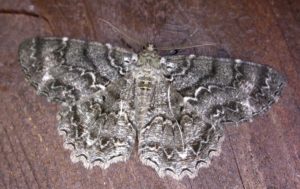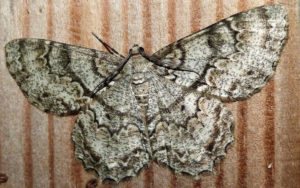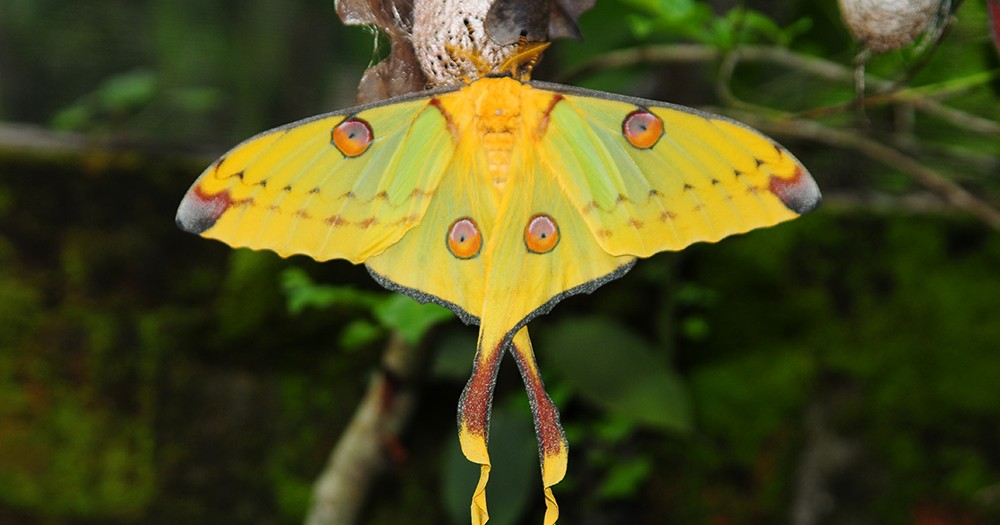Tulip Tree Beauty Moth (Epimecis hortaria)
The tulip tree beauty moth is one of the largest members of the family of geometer moths. Danish zoologist Johan Christian Fabricius first described the species in 1794. Since this moth especially in its larval form feeds on the tulip tree leaves, it has been named so.
en.wikipedia.org
Scientific Classification
- Family: Geometridae
- Genus: Epimecis
- Scientific Name: Epimecis hortaria
Description and Identification
Caterpillar
The larvae are gray, with dark markings, faint pinstripes, and orange pores which help them breathe. The third segment of their thorax is swollen.
Pupa
After becoming fully mature, the larvae begin to pupate in a cocoon.
Adult Moth
Sexual Dimorphism: Present but not prominent.
Color and Appearance: The moth has two forms, namely the dendraria, and carbonaria, differing from each other in their wing patterns.
When opened, for “Dendraria” moths, the wings have a broader median with subterminal lines. In the “Carbonaria” moths, the median is narrower, but the wings have darker lines with white edging. When closed the lines and edgings are less prominently seen.
Flight pattern: Not recorded
Season: Late March – Early October
Egg
Females lay their eggs close to the host plants.
Quick Facts
| Distribution | New England, south of Florida, and west to Texas and Missouri |
| Habitat | Open woods |
| Predators | Bats |
| Lifespan of Adults | Not recorded |
| Host Plants | Pawpaw, poplars, sassafras, and tulip-tree |
| Adult Diet | Not recorded |
Did You Know
- Their appearance is very similar to the bark of the trees they rest on, allowing them near-perfect camouflage. The flat shape of their bodies, alongside the zigzag patterns further help them blend into their habitat.
- In the mid-1930s, the caterpillars of these moths caused unprecedented damage to most of the sassafras trees in Connecticut by eating the leaves off the trees. At present such immense damage has however not been recorded.
Scientific Classification
- Family: Geometridae
- Genus: Epimecis
- Scientific Name: Epimecis hortaria




